The History of Mountain Coasters
Mountain coasters are becoming increasingly popular worldwide, which is no surprise as they are a great outdoor activity in which the whole family can participate. Also known as alpine coasters, these rides are typically located in mountainous areas such as ski resorts. Riders sit in a cart that resembles a bobsled and is attached to a fixed track. Just like the mountain coaster in Branson, it uses the natural elevation of the area and gravity to transport riders down the mountain.
The mountain coaster, just like the first invented roller coaster in the 1800s, is powered by gravity, and it only ascends with the help of the pulley or using mules as what was done during the first invention of the coaster. Mountain coasters have a unique feature; unlike traditional roller coasters, they feature a manual brake that allows riders to control the speed of their descent. As a rider, this means you have complete control over your experience.
The Mountain coaster in Branson has been around since 1996 and has been changing how people have fun. Let's see some of the mountain coasters' history and unique characteristics so you can learn before you try and enjoy the fun you want to experience.
Mountain Coasters: The Inspiration
A German company built the first mountain coaster (also known as an alpine coaster) in Austria in 1996. The popularity of bobsled coasters inspired the mountain coasters, but instead of a trough for the track, they chose rails. Brandauer is still known for its single-tube aluminum design, and its alpine coasters can be found in Alps towns.
A German company built the first mountain coaster (also known as an alpine coaster) in Austria in 1996. The popularity of bobsled coasters inspired them, but instead of a trough for the track, they chose rails. Brandauer is still known for its single-tube aluminum design, and its alpine coasters can be found in Alps towns.
Variations of the Mountain Coaster
While the original Brandauer design used a monorail-style track, some mountain coasters used a double-track system similar to a roller coaster. Alpine coasters, single or double-track, are helpful in mountainous areas because their design allows them to operate year-round without being hampered by snow or ice.
Benefits of a Mountain Coaster
Mountain coasters are not only exciting, but they also provide riders with an interactive experience. Riders can control their speed with a lever brake system on their cart, but anti-collision measures are still in place to prevent dangerous riding.
The World's Longest Mountain Coaster
Mountain coasters can have a wide range of lengths. The original mountain coaster, which debuted in 1996, measured 6,496 feet in length. As recorded in the Guinness Book of World Records, the world's longest mountain coaster is now 17,400 feet long! It is located near Sant Julià de Lria, Andorra, at the Naturlandia resort.
If you've been aware of all the exciting new things happening in Branson, Missouri, the Live Entertainment Capital of the Midwest, you've probably heard about a unique new attraction - the mountain coaster!
This thrilling ride, called The Runaway at Branson Mountain Adventure Park, will join others like it in Colorado, South Dakota, and the East Coast. It is the Midwestern United States' only mountain coaster. So, what is a mountain coaster, and why are they so popular? Continue reading to find out more!
Mountain coasters are gravity-driven amusement park rides in which passengers are seated in cars resembling bobsleds - and they are, of course, installed on mountains or hills with steep grades. Mountain coaster cars, unlike traditional roller coasters, are designed so that passengers can control their speed of descent down the mountain. They can also operate in light rain or snowfall. The Mountain Coaster is the ultimate ride because the Ozarks are full of steep hills and sometimes unpredictable weather forecasts.
Like all alpine coasters, the mountain coaster in Branson has its origins in Europe. The first mountain coaster was built in 1997 by a German company (that also installed the first stainless steel track for the alpine slide) under the trademark 'Alpine Coaster.' It was inspired by the idea of coasters for ski resorts that would utilize the land's natural topography and provide a year-round or off-season attraction for European ski resorts.
You can find some of Europe's most famous mountain coasters in Germany, Hungary, Austria, Switzerland, and San Candido, Italy. Mountain coasters are rapidly gaining popularity in the United States due to their relatively simple construction, as the tracks are made of stainless steel and aluminum, providing maximum stability and durability while low maintenance.
Every mountain and alpine coaster has a manual brake that allows the driver to control the speed of their descent. This brake is optional and should only be used if the rider needs to slow down. The mountain coaster in Branson will continue a long tradition of steep and thrilling family fun, so don't miss out on a ride on The Runaway Mountain Coaster at Branson Mountain Adventure Park.
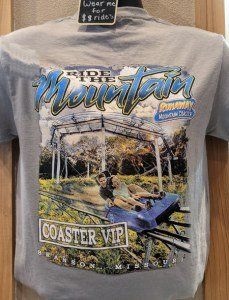
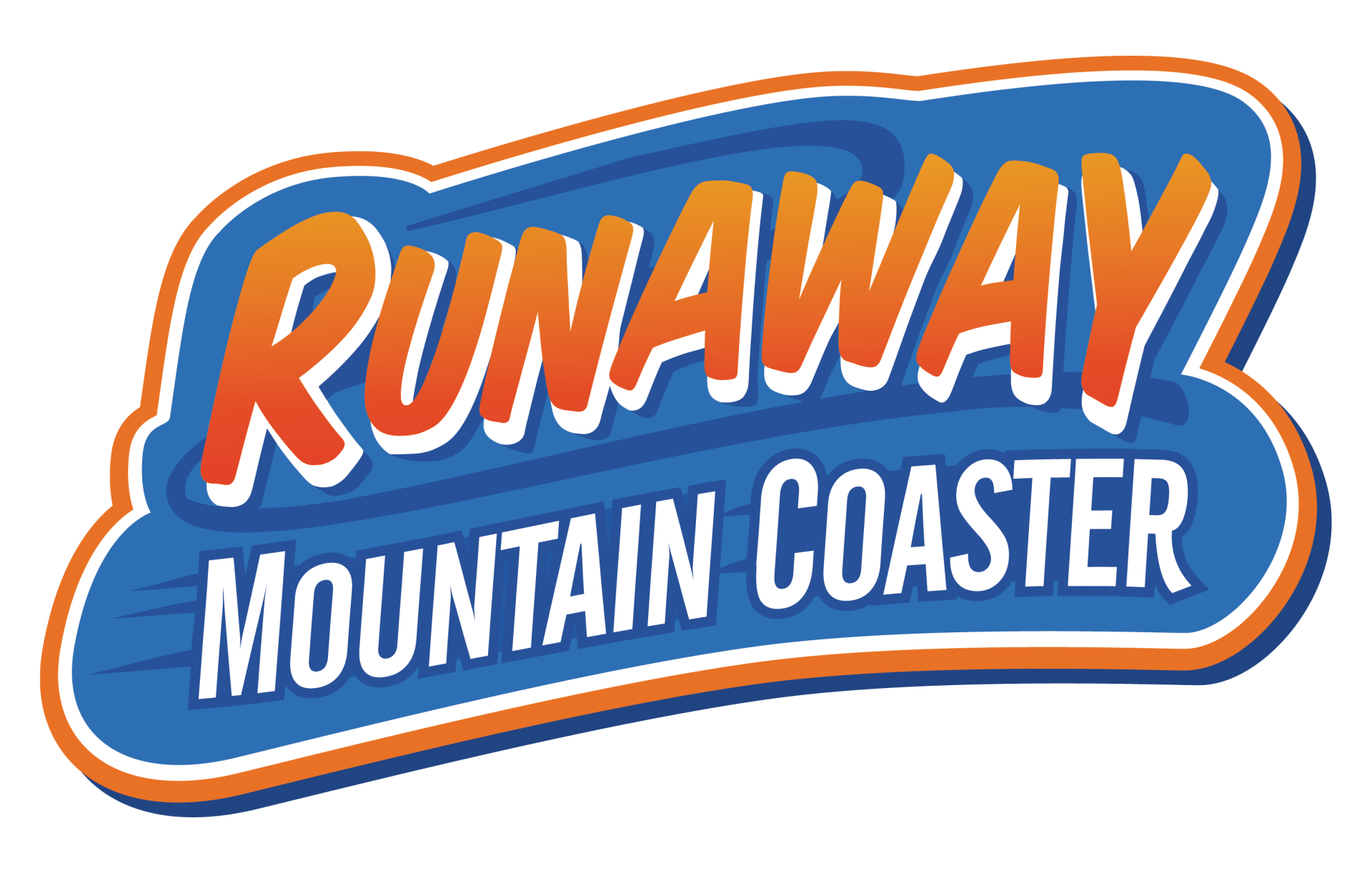
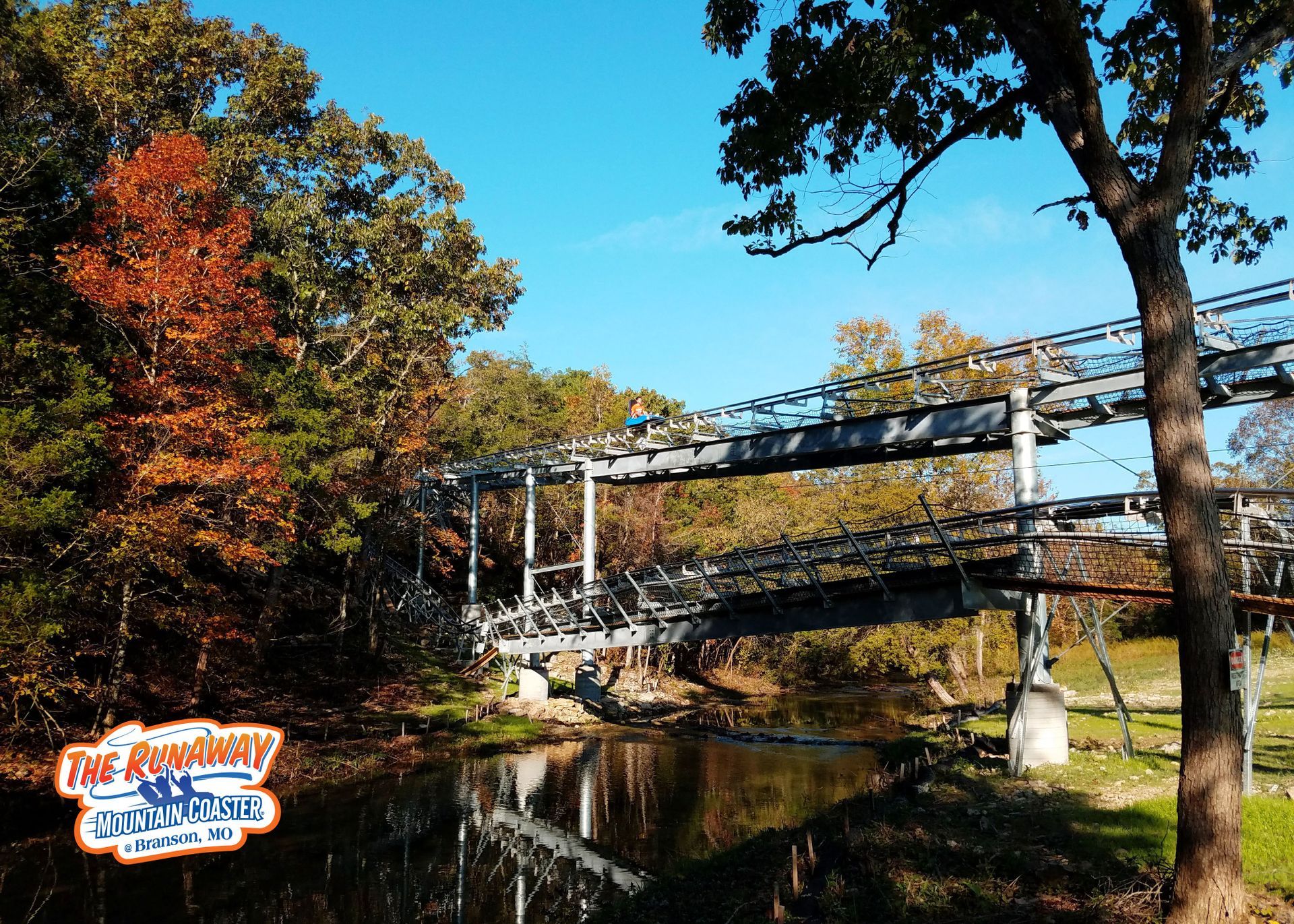

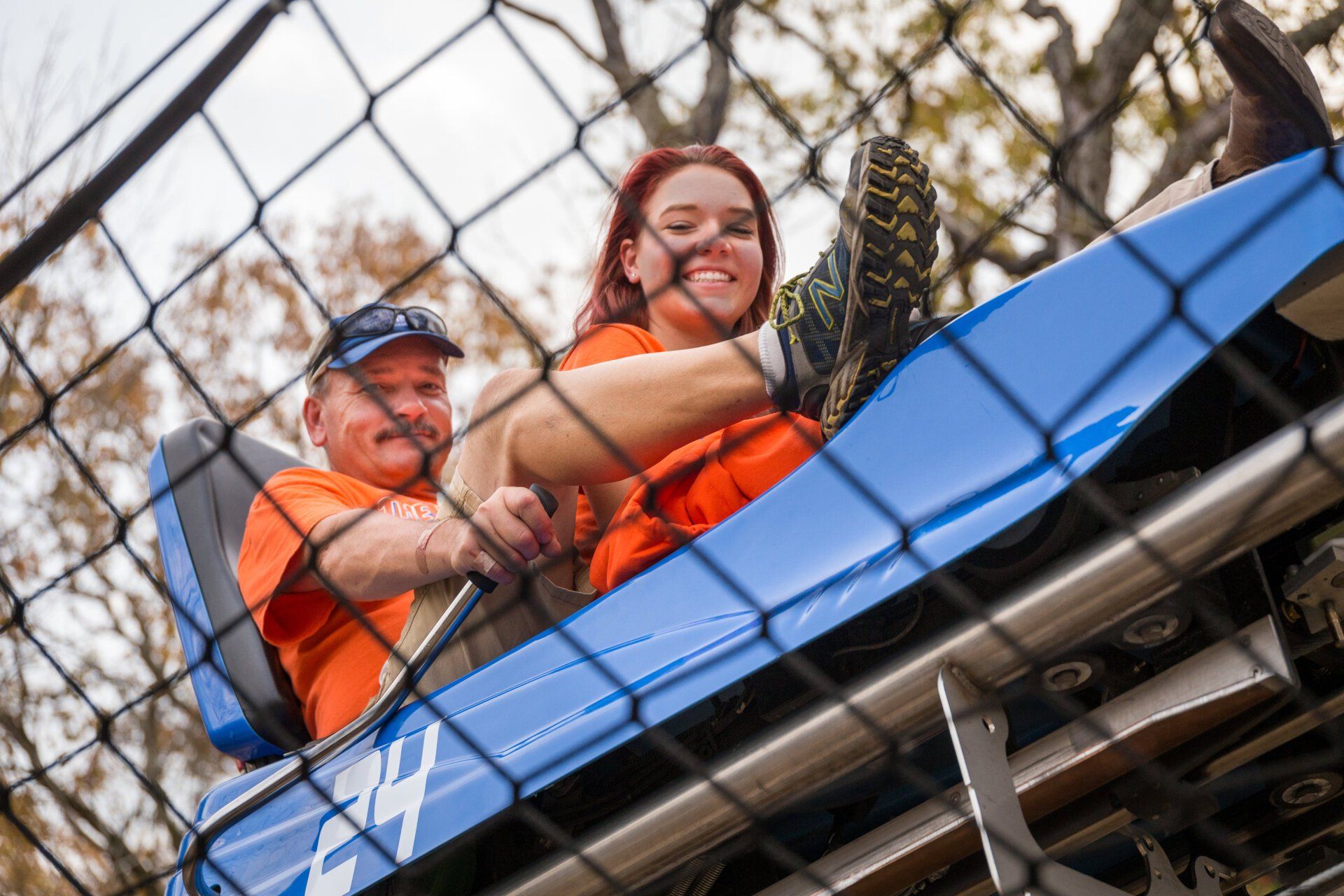
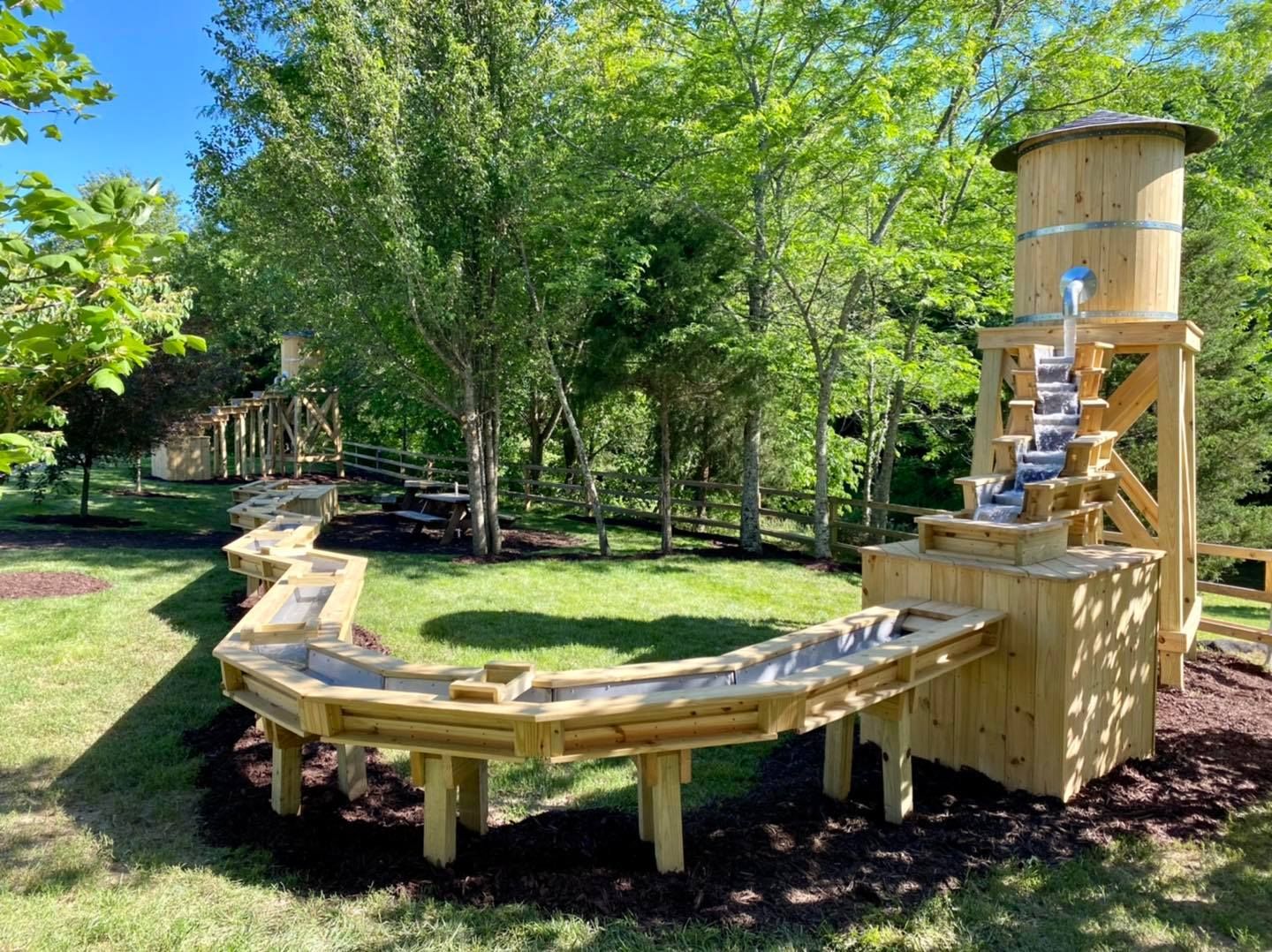

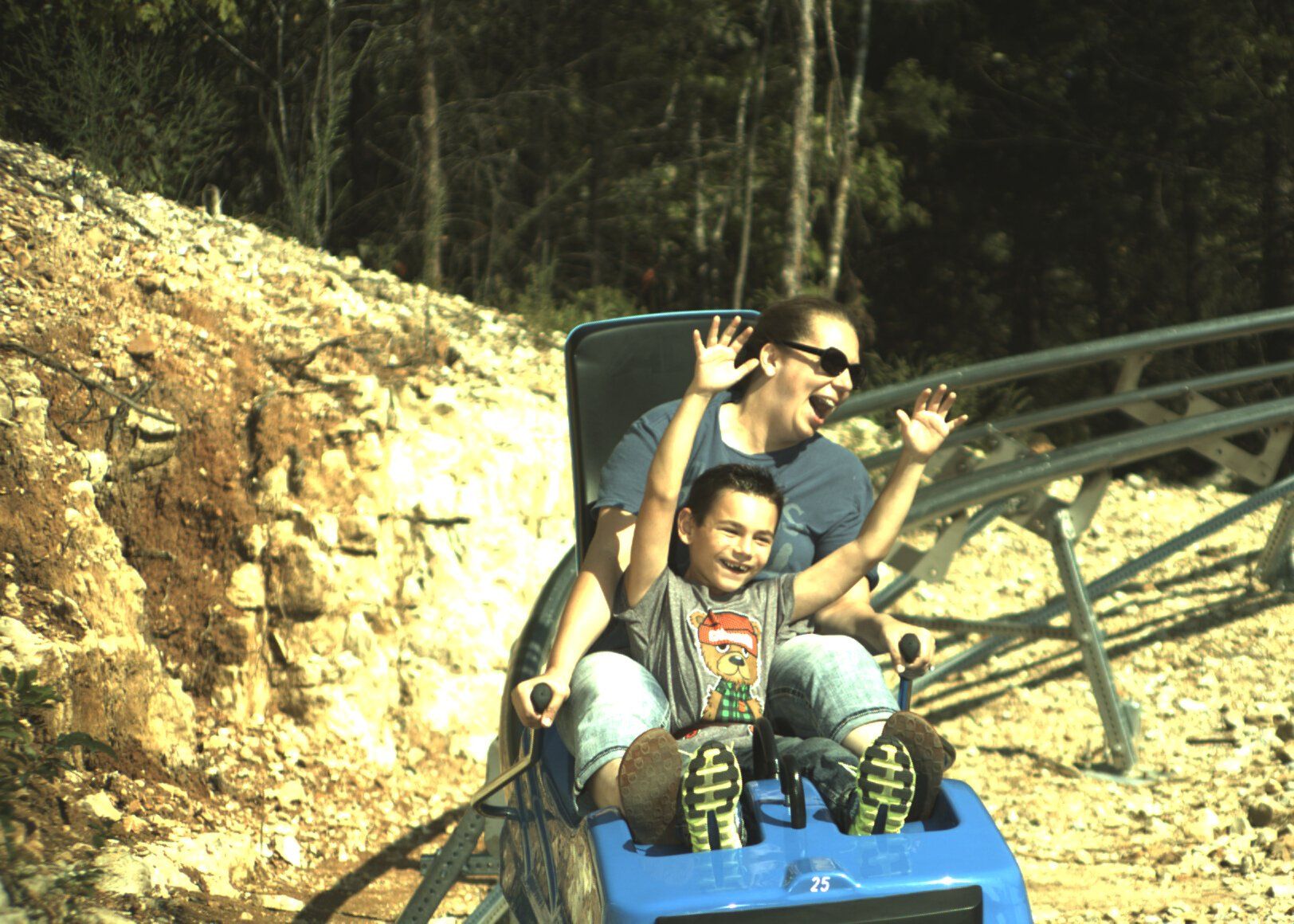
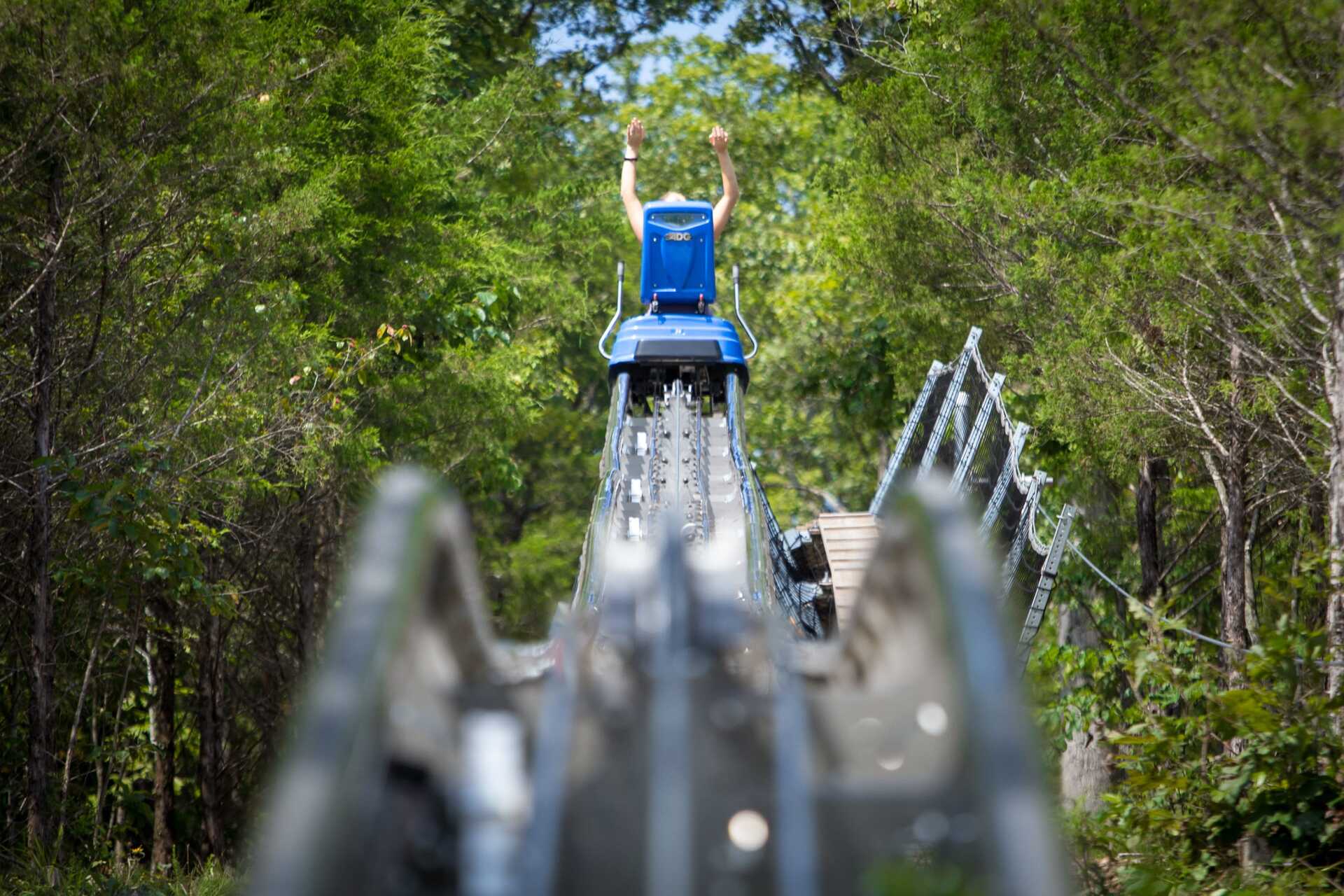


 by
by